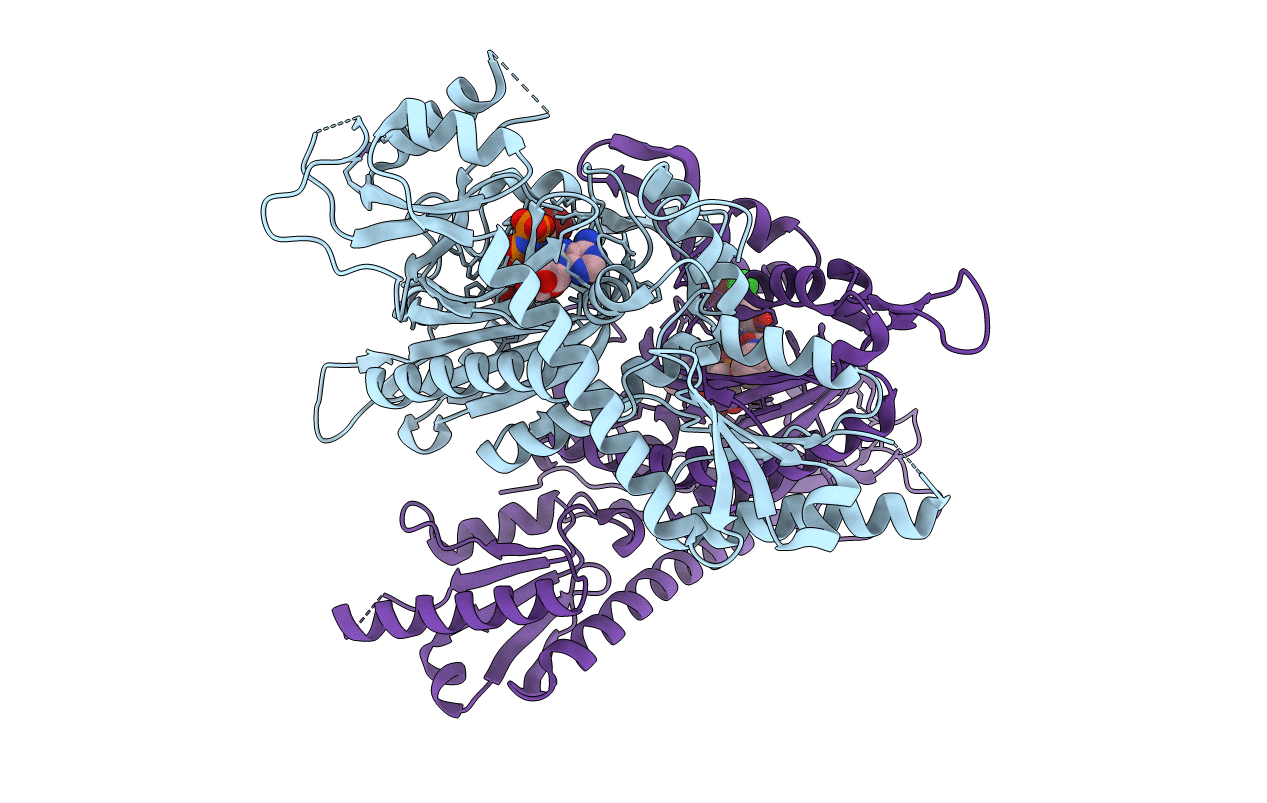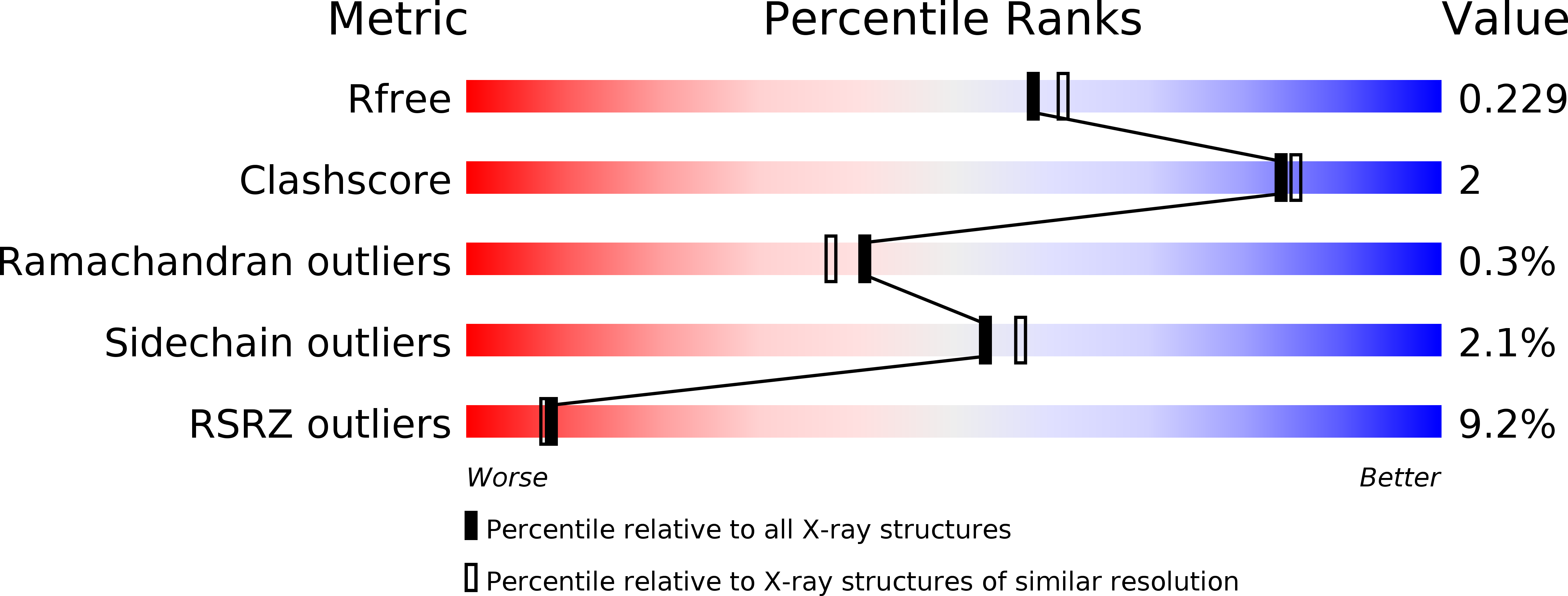
Deposition Date
2012-11-06
Release Date
2013-01-02
Last Version Date
2024-02-28
Entry Detail
PDB ID:
4HVC
Keywords:
Title:
Crystal structure of human prolyl-tRNA synthetase in complex with halofuginone and ATP analogue
Biological Source:
Source Organism:
Homo sapiens (Taxon ID: 9606)
Host Organism:
Method Details:
Experimental Method:
Resolution:
2.00 Å
R-Value Free:
0.22
R-Value Work:
0.20
R-Value Observed:
0.20
Space Group:
P 1 21 1


